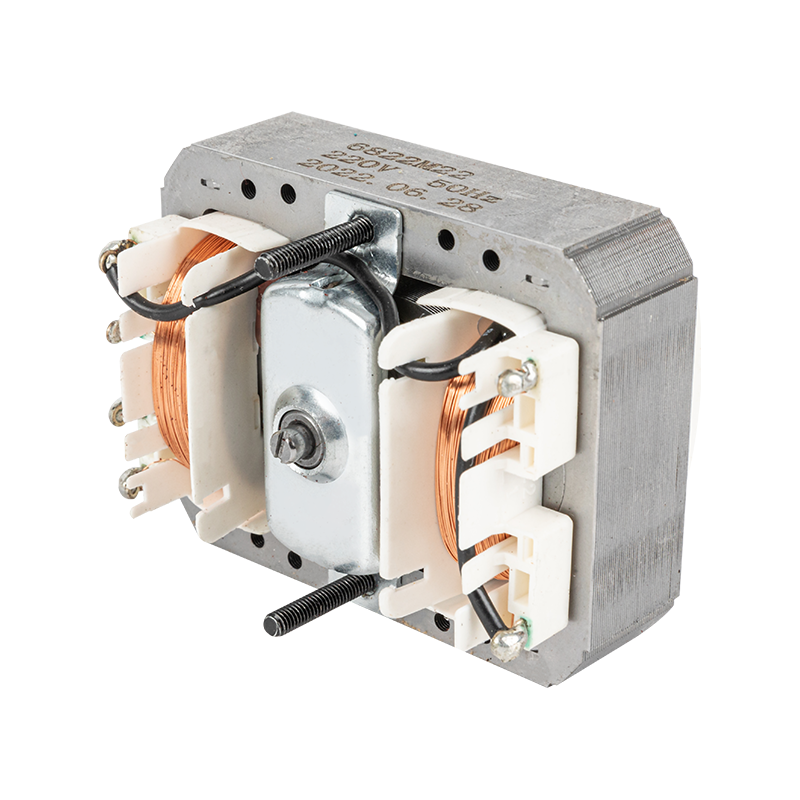Provide you with the latest enterprise and industry news.
1.Right-sizing the Motor: Choosing the right-sized motor is crucial for energy efficiency. An oversized motor might seem capable of handling a wide range of loads, but it often operates inefficiently at lower loads. When a motor is too large for the required load, it runs at a lower power factor and efficiency, resulting in wasted energy. Conversely, an undersized motor may struggle to meet demand, leading to frequent overloading and reduced lifespan. Therefore, accurately sizing the motor based on the specific application ensures that it operates efficiently across its entire operating range, minimizing energy consumption and maximizing performance.
2.Efficient Pump Design: The design of the pump itself plays a significant role in energy efficiency. Modern pump designs incorporate features such as improved impeller designs, streamlined hydraulic pathways, and reduced internal friction. These enhancements minimize energy losses and maximize hydraulic efficiency, resulting in lower energy consumption for the same output. Additionally, selecting pumps with adjustable speed drives allows for further optimization of energy usage by matching pump speed to varying demand levels.
3.Variable Speed Drives (VSDs): Variable frequency drives (VFDs) or variable speed drives (VSDs) offer precise control over motor speed, allowing it to operate at the optimal speed for the required flow rate. By adjusting the motor speed to match demand, VSDs ensure that the motor operates closer to its peak efficiency point, even under varying load conditions. This results in significant energy savings compared to fixed-speed motors, particularly in applications with fluctuating demand.
4.Optimized Control Systems: Advanced control systems can monitor system parameters in real-time and adjust pump operation accordingly to optimize energy efficiency. These systems utilize sensors and feedback mechanisms to modulate pump speed, adjust system pressure, and optimize on/off cycles based on actual demand. By dynamically adapting pump operation to changing conditions, these control systems minimize energy wastage and maximize overall system efficiency.
5.Efficient Motors: Investing in high-efficiency motors, such as those classified as IE3 or IE4 (according to international efficiency standards), can yield substantial energy savings. These motors are designed with improved insulation, reduced internal losses, and optimized winding configurations to operate at higher efficiencies across a wide range of loads. By replacing older, less efficient motors with high-efficiency models, energy consumption can be significantly reduced without sacrificing performance.
6.Regular Maintenance: Proper maintenance practices are essential for ensuring the continued efficiency and reliability of pump motors. Regular inspection, lubrication, and alignment help minimize energy losses due to friction, misalignment, or wear. Clean filters and well-lubricated bearings reduce mechanical losses, while proper alignment ensures optimal power transmission. Additionally, addressing any issues promptly, such as leaks or damaged components, prevents unnecessary energy wastage and prolongs equipment lifespan.
7.Energy Audits: Conducting periodic energy audits can provide valuable insights into potential areas for improvement. Energy audits involve a comprehensive assessment of the entire pumping system, including pump performance, system design, operating conditions, and energy consumption patterns. By identifying inefficiencies and implementing recommended improvements, such as optimizing system pressure, eliminating leaks, or upgrading equipment, energy savings can be realized while improving overall system performance and reliability.
8.Energy Recovery Systems: Energy recovery systems capture and reuse energy that would otherwise be wasted during pump operation. For example, regenerative braking systems convert excess kinetic energy into electrical energy, which can be fed back into the system or used elsewhere. Similarly, pressure exchangers recover energy from high-pressure fluid streams, transferring it to low-pressure streams for reuse. By harnessing this otherwise wasted energy, energy recovery systems help improve overall system efficiency and reduce energy consumption.


 EN
EN 英语
英语 中文简体
中文简体







